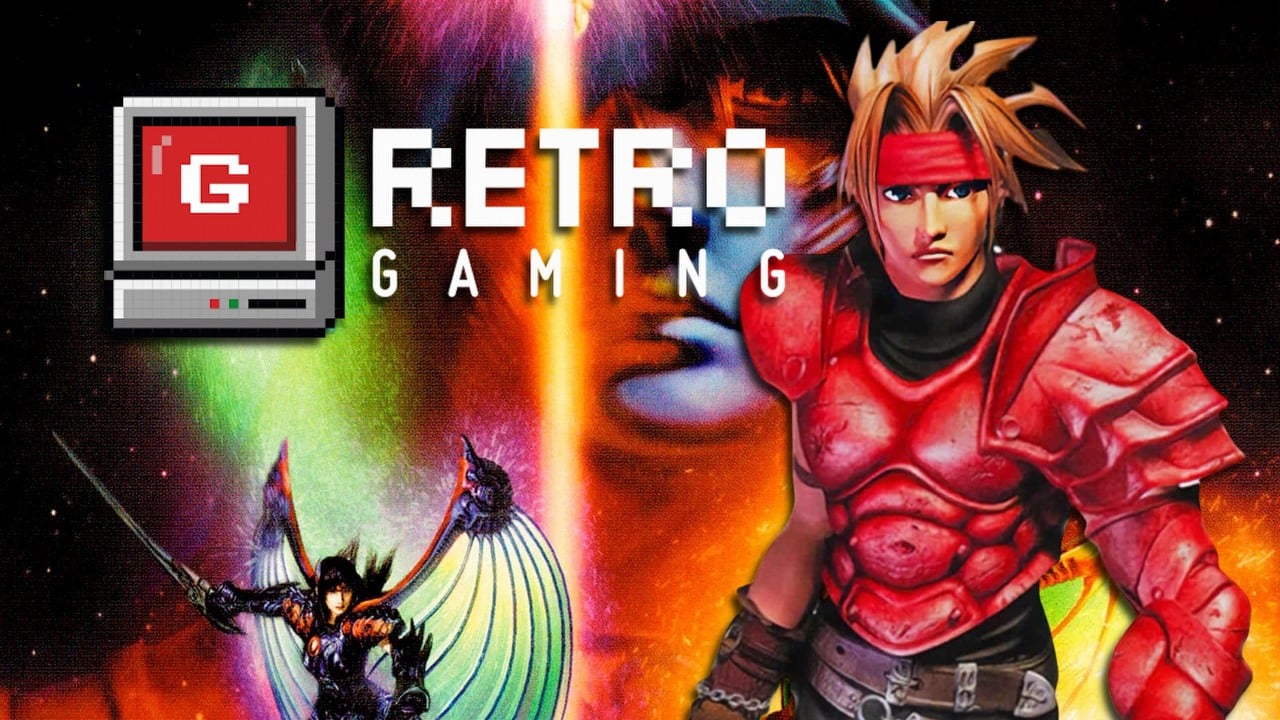
Since the original Final Fantasy game came out in 1987, the series has set the standard for Japanese role-playing games, and it continues to be highly regarded today. But it hasn’t been without rivals. In the 1990s, Sony created The Legend of Dragoon as a direct competitor. The game was a large undertaking, developed by a team of 100 people with a budget of over $16 million, making it one of the most costly games for the original PlayStation. While some predicted it could challenge Final Fantasy‘s dominance, the team led by Shuhei Yoshida simply aimed to create something truly impressive.
The game initially attracted players with its innovative gameplay and captivating storyline, earning positive reviews and a dedicated fanbase. However, despite this success, the developers unexpectedly decided not to create a follow-up.
Saving the world – Sony’s version
The Legend of Dragoon is set in a traditional fantasy world filled with magical beings. The story follows Dart, a young swordsman who returns home to find it under attack. During the raid, his childhood friend, Shana, is kidnapped, and he immediately sets off to find her. What starts as a rescue mission quickly becomes a fight to save the entire world.
It might sound familiar, especially since the game features some typical characters and lucky breaks. But as you progress, the story gets much more intricate and develops several interconnected storylines. The Legend of Dragoon presents a detailed and often surprising world with plenty of unexpected turns.
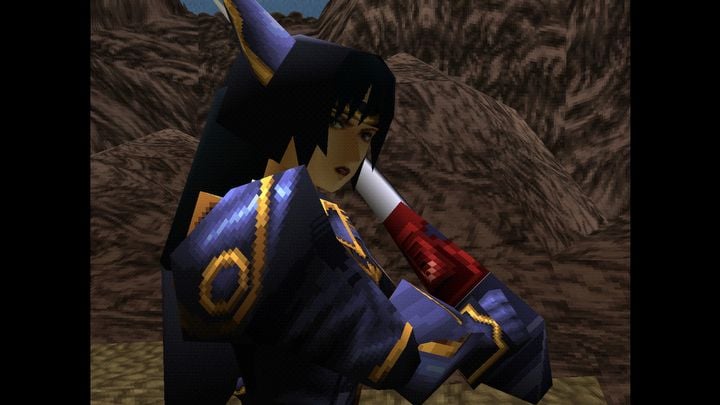
The characters you meet throughout the story are particularly memorable. Dart begins as someone solely driven by revenge for his parents’ death, but his beliefs and outlook change significantly. While Giant Kongol appears to be a simple strongman, he actually hopes for a more equal world, and King Albert makes a difficult choice to prioritize a larger goal over his people’s immediate safety. However, Rose is arguably the most compelling character – a stoic warrior who has lived for millennia. She offers vital insights and carries a heartbreaking history tied to her difficult task, and she’s also one of the first Dragoons. Which brings us to…
Long ago, a great war freed humanity from the rule of the Winglies, a powerful magical race. Dragon-powered knights were central to this victory. Now, when all races face destruction, Dart and his friends become the new Dragoons, destined to fight for survival. The story feels like a classic anime, reminiscent of and as engaging as The Record of Lodoss War.
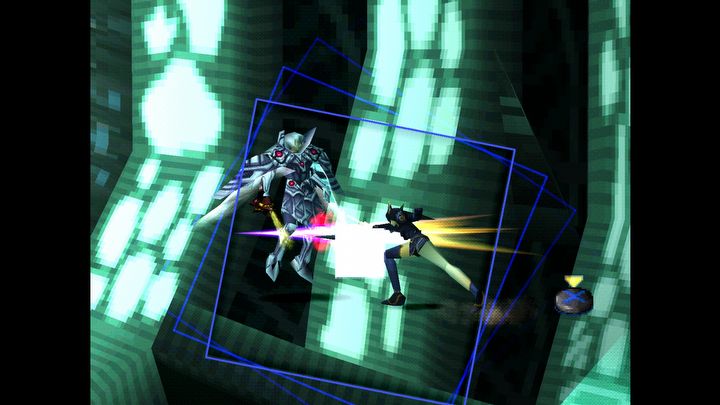
Unusual combat system
The Legend of Dragoon features a straightforward story path with a few optional challenges to tackle. It’s different from games like Suikoden or Final Fantasy VIII because you don’t have complete freedom to roam the world; you follow a predetermined route. Along the way, you’ll visit diverse environments, including cities, deserts, ancient ruins, and floating islands. The developers made an effort to keep the areas interesting with exploration-based puzzles. What really sets the game apart, though, is its unique battle system, which combines turn-based strategy with action elements.
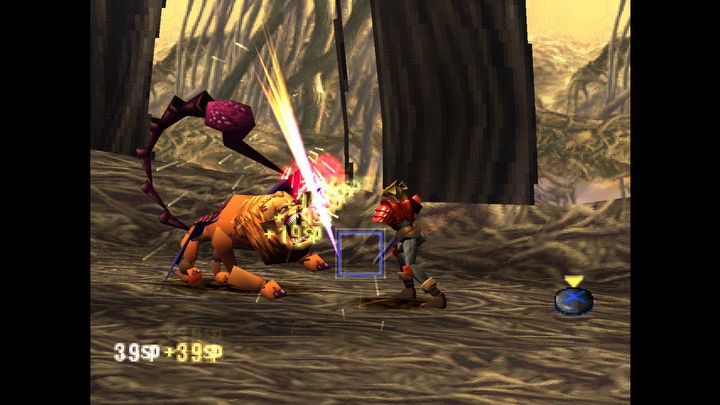
A key part of combat involves performing special attack combinations, and each character has their own unique set. These combos let you extend attacks by pressing buttons at the right moment – it’s a similar system to games like Sea of Stars or Clair Obscur: Expedition 33. However, The Legend of Dragoon doesn’t offer much leeway; mistimed button presses will break the combo. Plus, enemies can counterattack, adding to the challenge. While mastering each character’s techniques can be tough, it’s worth the effort, as they deal significant damage and look impressive.
We primarily hurt enemies by adding enhancements. Initially, a group of up to three players can’t use spells, so we depend on magical items for attack and healing. Switching to a defensive position during combat is a key strategy. Blocking isn’t just about reducing damage – it also restores health and protects your characters from harmful effects, making skillful defense a game-changer in battles.
The best part of the game is definitely becoming a Dragon Knight – the transformation is visually stunning, and the special attacks you get in this form are amazing. When characters transform, they become more powerful and gain magical abilities, similar to a classic JRPG team. For example, Dart uses fire magic, Shana focuses on healing, and King Albert can temporarily protect the whole party from damage. While summoning dragons with spells looks impressive, it’s actually not very efficient.
The fighting in this game is really exciting, but battles can feel slow because the animations are quite long. Many players have mentioned that attack sequences and spells take too long to finish, which can be frustrating.
Development and internal economy
Unlike many Japanese role-playing games, this game doesn’t require a lot of repetitive battles to get stronger. You primarily earn experience and gold by fighting the main enemies. However, character development is incredibly deep and complex. Characters level up as usual by gaining experience, but also improve through mastering specific move combinations. By battling, you gain points to unlock new abilities for your dragoons, constantly making your heroes more powerful. Interestingly, while the game allows characters to reach level 60, most players finish the final battle around level 40, showing that skillful play and strategic development are more important than endless grinding in The Legend of Dragoon.
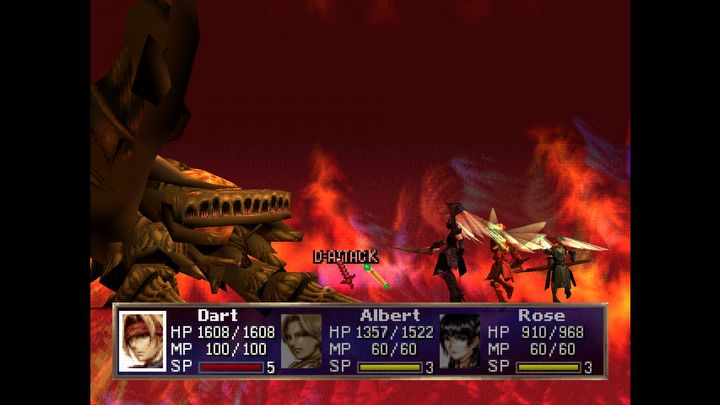
As a player, I really appreciate that this game doesn’t bog you down with tons of potions and gold you don’t need. You’re limited to carrying only 32 useful items, which actually makes you think about what you bring on adventures! It’s super important to keep offensive spells, healing, or even revival items handy, because space is tight. And honestly, you’re never swimming in cash. Even good armor costs a whopping 10,000 gold – a huge amount considering how quickly you earn money. This makes every gold piece feel valuable, and you really have to consider each purchase. It’s a great system!
Reception and sales
Critics generally reviewed The Legend of Dragoon favorably, giving it a 7/10 from IGN and a Metacritic average of 74/100. Despite this, the game remains controversial among players, even those who are fans. Some criticize its challenging gameplay, voice acting, and graphics, which haven’t aged as well as those in Final Fantasy VIII. However, others appreciate these aspects, and you can find plenty of discussion on platforms like YouTube. The game’s story and cutscenes consistently receive high praise. Personally, I still enjoy the graphics, especially the backgrounds, and I found the soundtrack to be excellent – particularly the main theme, If You Still Believe.
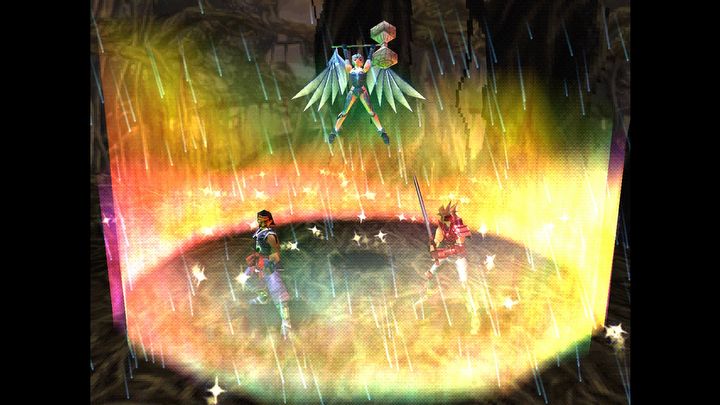
With over a million copies sold, The Legend of Dragoon managed to recoup its substantial development costs. Sony’s strong marketing campaign particularly resonated with American players, introducing many to the Japanese RPG genre for the first time, which contributed to its dedicated fanbase. Interestingly, the game performed nearly three times better in the US than in Japan, where the Final Fantasy series already dominated the market. This success initially led to plans for a sequel, but Sony unexpectedly cancelled the project without providing a clear explanation. Despite this, recent digital re-releases prove the game continues to hold a place in players’ hearts.
How to play The Legend of Dragoon today?
Originally released in Japan in 1999, this game came to the U.S. in 2000 and Europe in 2001. Now, a remastered version is available on the PlayStation Store for $9.99 and can be played on both PS4 and PS5.
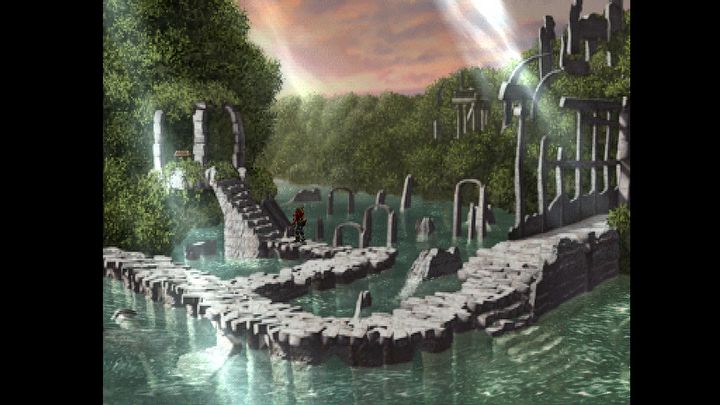
If you already have the original game or are thinking of purchasing it, you can play Severed Chains on PC thanks to a fan-made port. This isn’t an emulator; it’s a completely new version of the game built using reverse engineering. It resolves many of the original bugs and adds support for widescreen displays and 4K resolution.
Sony, don’t you regret it?
Like any game, The Legend of Dragoon has its strengths and weaknesses, but I really enjoyed revisiting it. The Additions system was initially quite challenging, but I decided to stick with it to experience the game as the developers designed. That turned out to be a good choice! With practice, I started succeeding more often, and each successful combination felt incredibly rewarding. I also became invested in the characters, who have compelling motivations and evolve throughout the story. It’s disappointing that Sony didn’t pursue a sequel – The Legend of Dragoon had the potential to become a fantastic series.
Read More
- Zerowake GATES : BL RPG Tier List (November 2025)
- Super Animal Royale: All Mole Transportation Network Locations Guide
- T1 beat KT Rolster to claim third straight League of Legends World Championship
- Hazbin Hotel Voice Cast & Character Guide
- How Many Episodes Are in Hazbin Hotel Season 2 & When Do They Come Out?
- Terminull Brigade X Evangelion Collaboration Reveal Trailer | TGS 2025
- What time is It: Welcome to Derry Episode 3 out?
- ‘Now You See Me: Now You Don’t’ Ending, Explained
- Where Winds Meet: March of the Dead Walkthrough
- Apple TV’s Neuromancer: The Perfect Replacement For Mr. Robot?
2025-10-26 23:04